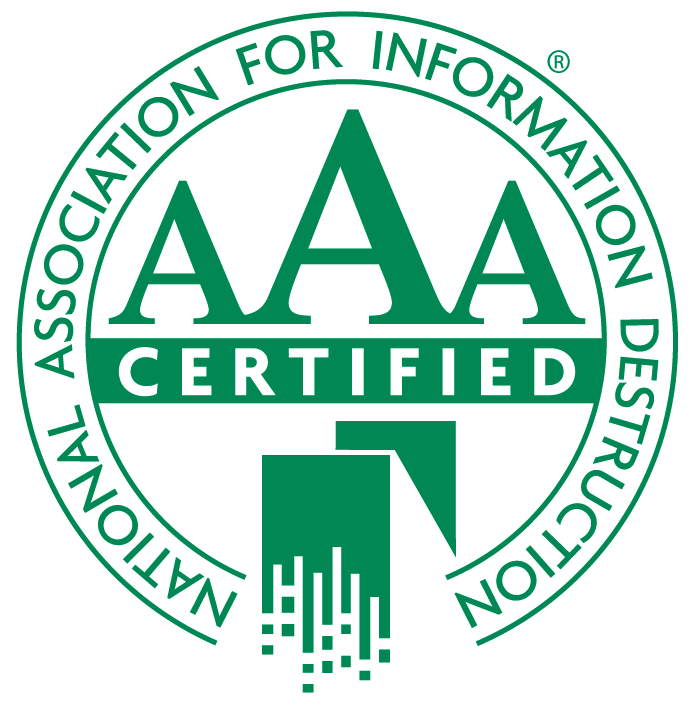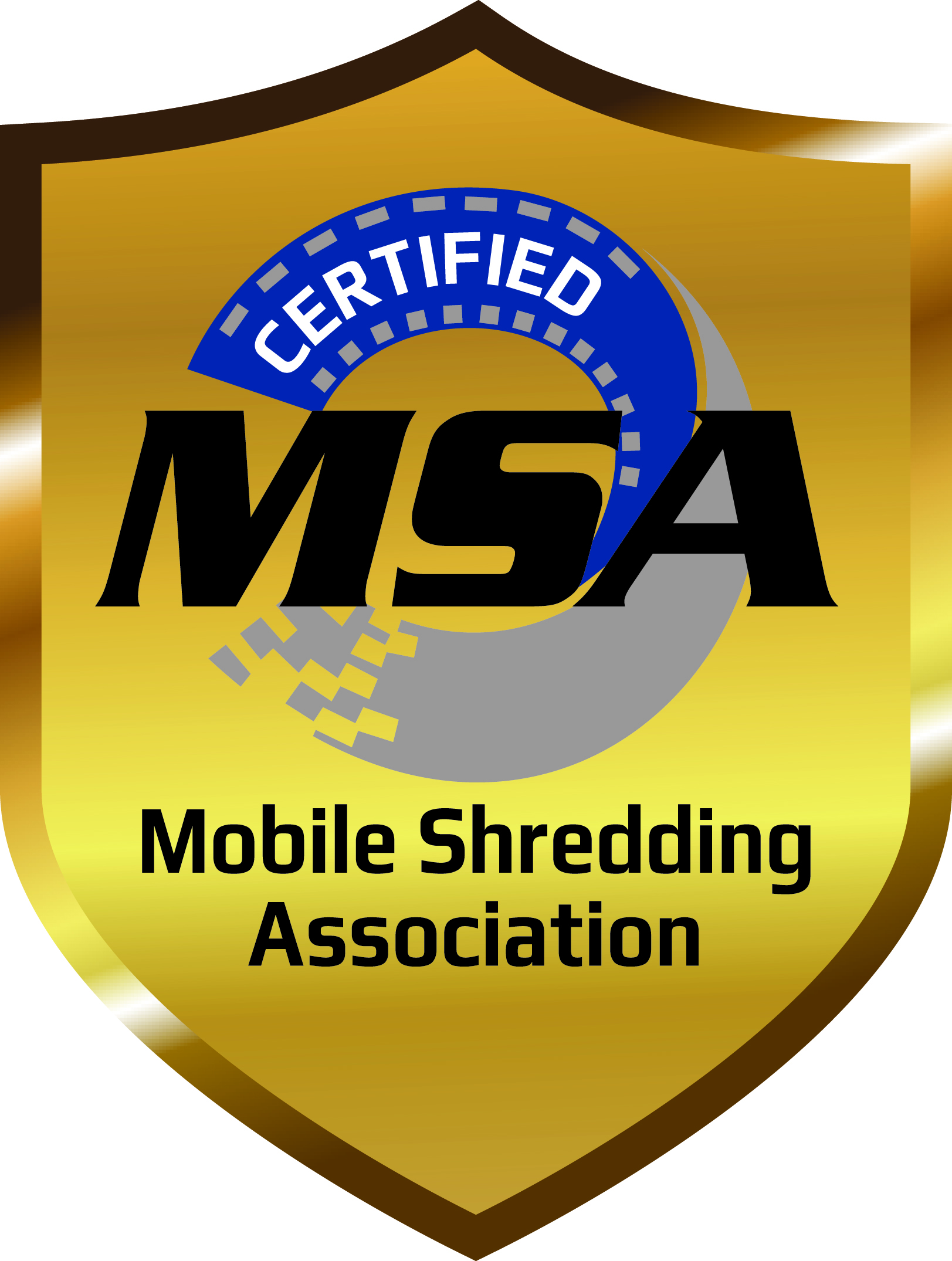If confidential business information gets into the wrong hands, a business could fail. Or, it could suffer at the hands of criminals. Keeping business, employee and management information under lock and key and only available to those who need to know the information is just one of the ways to prevent your data from falling into the wrong hands. Learn how to keep these 5 examples of confidential information in the office away from the wrong people.
Confidential Business Information Examples
Three main categories of confidential information exist: business, employee and management information. It is important to keep confidential information confidential as noted in the subcategories below.
-
Customer lists: Should someone get a hold of your customer list, they could steal customers from you. This could be an employee planning on starting his or her own venture or the employee could sell the list to a competitor.
-
Financial statements: These are also considered to be trade secrets. Your financial statements consist of more than the cost of doing business. They have vendors and customers listed in accounts payable and account receivable.
-
Supplier lists: You may not think this could be listed as a trade secret, but you may not want competitors knowing where you source certain products, whether food ingredients for a restaurant or products for a manufacturing process. A supplier list may also include any discounts you receive. Should this get into the hands of a competitor, it would be easy to figure out some of your manufacturing processes or even recipes for special dishes.
-
Operations manuals: Even your operations manuals are trade secrets. The manuals tell your employees how to do their jobs. They may include other information pertinent to their jobs, such as how long to process widget A and how long widget B needs to age.
-
Contracts: Contracts, including non-disclosure contracts, real estate contracts, rental agreements and other types of contracts should be confidential. As with other types of information, it could be detrimental to your business should a competitor get its hands on them. You could lose a deal or one of your carefully worded contracts could give a competitor the edge it needs to outsell you.
Information such as this should be available only to those who need it. Part of learning how to maintain confidentiality in the workplace is knowing who needs what information and keeping it from those who don’t need to have access to it to complete their jobs.
Keeping Information Confidential
In order to protect business information, you have to know the types of confidential information you have and how to keep information confidential. The easiest way to protect confidential business documents is to lock them up and then shred the documents when you are no longer required to keep them. The first step, however, is to create a “handling confidential information best practices guidelines” as part of your operations manual. Providing the written word is not usually enough – you will need to add employee training, preferably during orientation.
Identify security risks such as weak passwords, unhappy employees, a weak firewall and no encryption. Unlocked filing cabinets are also a security risk. Rectify those problems and you are well on your way to keeping confidential information in your hands instead of the hands of your competitors.
Once everyone has gone through training and has access only to what they need, you are ready to start making plans on how to get rid of documents you are no longer required to keep. Carolina Shred provides locked boxes to store files that are ready to be shredded. Our mobile shredding unit will come to your business on schedule and on time to shred full boxes of documents.




Comments
0 Comments on "5 Examples of Confidential Information in the Office"